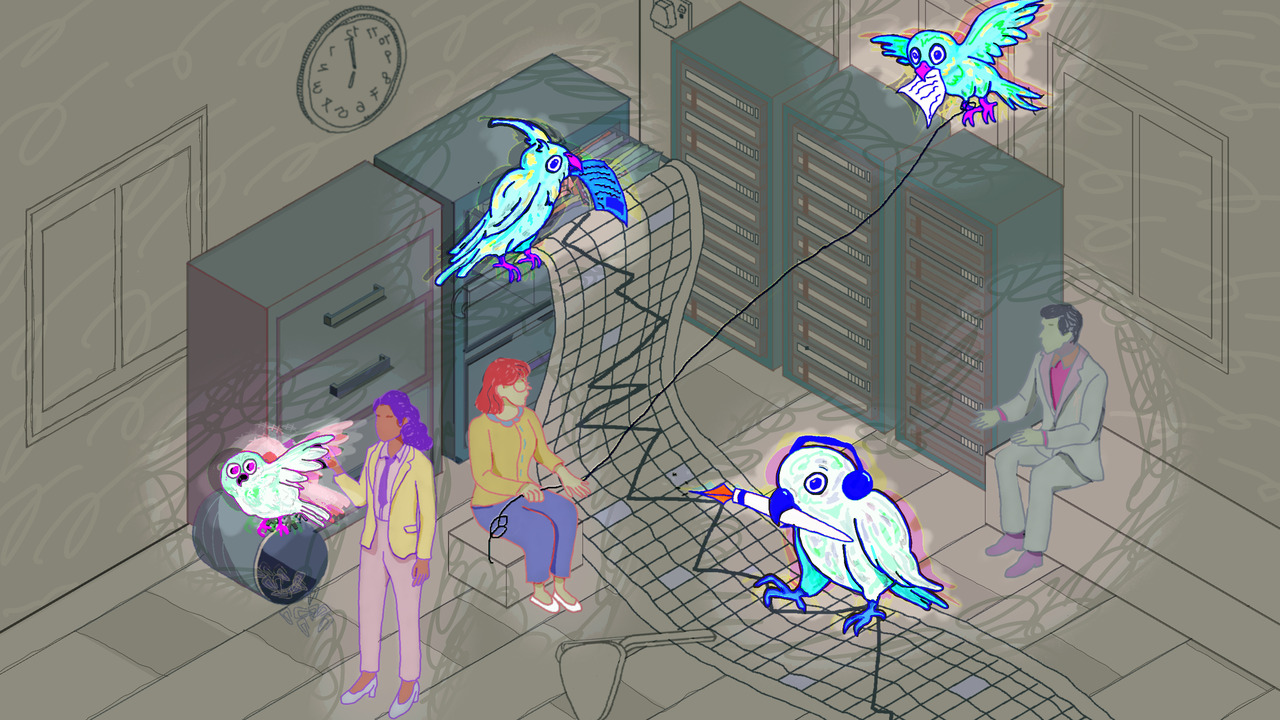A bias-resilient client selection analysis for federated brain tumor segmentation
PositiveArtificial Intelligence
A recent study introduces a bias-resilient client selection analysis for federated brain tumor segmentation, which is crucial for improving the accuracy of AI in medical imaging. This advancement not only enhances the reliability of brain tumor diagnoses but also promotes collaborative research across institutions without compromising patient data privacy. Such innovations are vital as they pave the way for more effective treatments and better patient outcomes.
— via World Pulse Now AI Editorial System


